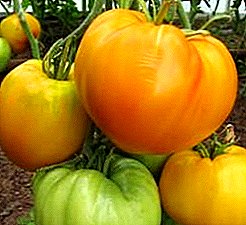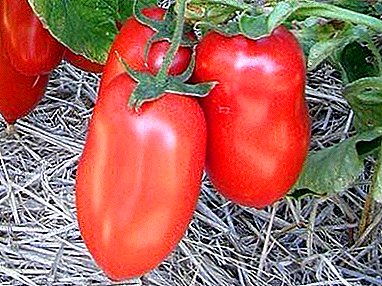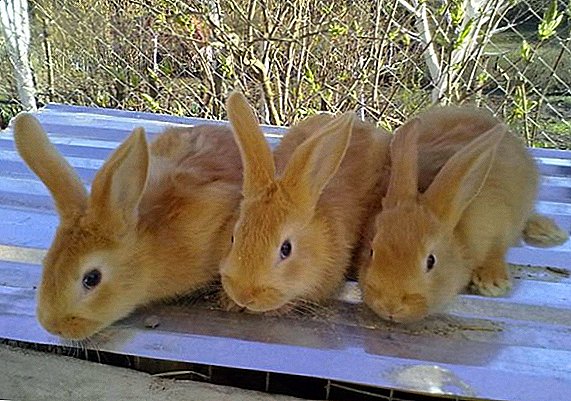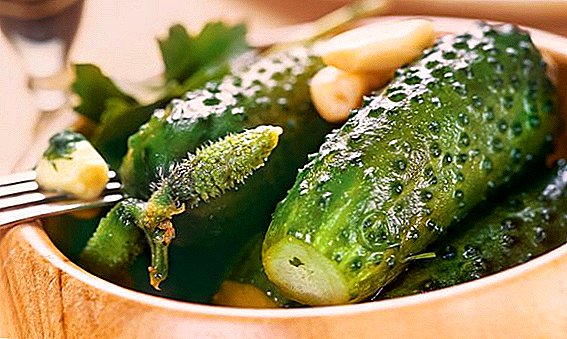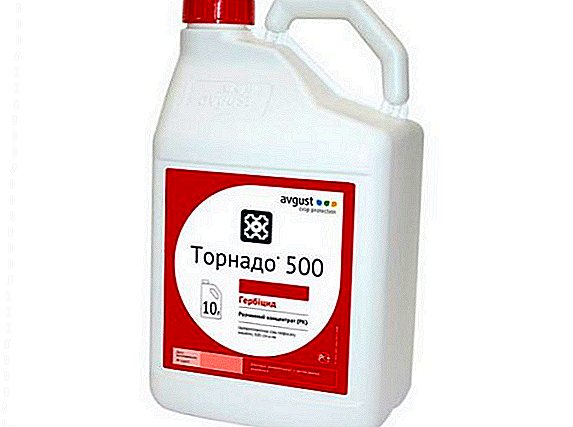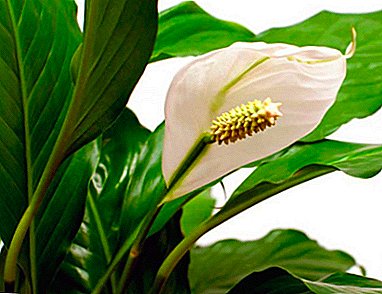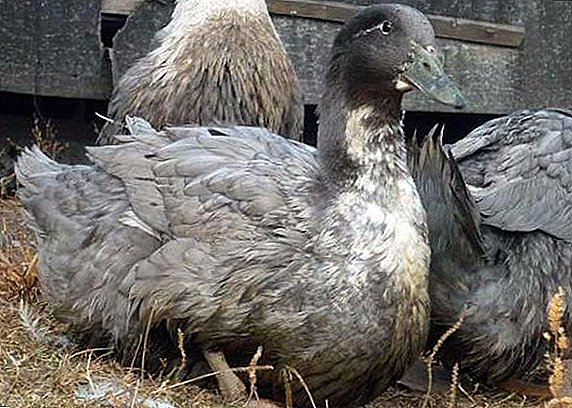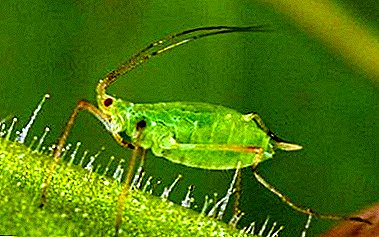 We suggest you to get acquainted with the breeds of cows that are common in the Altai Territory Among them are Simmental, Red Steppe, Kazakh white-headed, Black-and-white and others. Breeding cattle is very popular both at home and on an industrial scale. When choosing a breed, you should be guided first of all by the purpose for which you want to raise animals - the production of dairy or meat products.
We suggest you to get acquainted with the breeds of cows that are common in the Altai Territory Among them are Simmental, Red Steppe, Kazakh white-headed, Black-and-white and others. Breeding cattle is very popular both at home and on an industrial scale. When choosing a breed, you should be guided first of all by the purpose for which you want to raise animals - the production of dairy or meat products.
Altai is one of the leaders in the production of dairy and meat products in Russia
Altai is famous for its meadows with rich vegetation, clean water and air. The soil here is not treated with mineral supplements and toxic chemicals. A lot of medicinal herbs grow on the fertile Altai lands.
Did you know? At the time of Prohibition in the US, bootleggers, illegal alcohol dealers, wore special shoes to entangle policemen. Tied to the sole of the boot wood, which left traces on the ground, exactly like those of cow hooves.Dairy, meat and dairy-beef breeds of cattle are bred in this area. 50% of the dairy herd are Simmental cows. Cattle grazing in the Altai Territory makes it possible to obtain high-quality milk, rich in organic matter, essential amino acids and minerals. Dairy products from local farmers has a unique taste and is very much appreciated by buyers.

What breeds of cows are popular in Altai Krai
Guided by the following descriptions, key features and photos, you will be able to choose the most productive and hardy breed of meat or dairy.
Pay attention to the volume of milk production and slaughter meat. It is also important to take into account the qualitative characteristics of milk, in particular, protein should be at least 3%, and fat should be at least 3.4%.
Did you know? In India, you can buy bottled urine of cows (sacred animals in Hinduism). Customers drink it, rub into the skin, bathe the children in it.
Simmental
This breed is one of the oldest in the world, it was created in Switzerland. The development of the breed took place in several stages - the ancestors of the species were brought into Switzerland as early as the 5th century, and ended only in the second half of the 20th century. The species was obtained by crossing Scandinavian cattle with local cattle breeds. 
Appearance:
- the weight of an adult baby - 550-870 kg, a bull - 900-1300 kg;
- animals are characterized by a strong constitution, well-developed musculature and proportionate physique;
- height at withers is 135-140 cm, body length - 160-165 cm;
- head large, broad in the frontal part. The horns are light or white with yellow-brown ends;
- nose mirror and eyelids light pink color (one of the signs of pure breed);
- the neck is short, with well developed muscles. Withers wide, merges with a broad back;
- deep chest (in bulls with a developed dewlap);
- cattle skin is thick;
- the female more often has a rounded udder, the nipples are large;
- The suit of simmentals varies from pale fawn to red-motley; the majority of the species is characterized by a pale-variegated suit.
You will probably be interested to learn more about the Simmental breed of cows.
The Swiss breed belongs to the combined type. Its popularity is due to the high milk productivity and excellent quality of high-energy beef.
Productive qualities:
- milk yield per year on average is 4000-5000 kg per year; there were cases when the female cow gave 10,000-14,000 kg of milk per year;
- milk fat content is about 3.9-4.1% (up to 6%); it has an excellent taste, is characterized by a high content of protein (about 4%) and dry matter, but a low percentage of somatic cells;
- the rate of weight gain is high (by the age of one year the individual reaches 430 kg of weight);
- slaughter meat yield - 55-62%.

Red steppe cow
The formation of this breed was long and difficult, the history of the species began in the XVIII century. The cow was obtained in Ukraine as a result of the crossing of the Red German, Angeln, Simmental, Red Ostfrislyand breeds with steppe cattle.
Ukrainian scientists managed to create a breed that has become very popular among livestock breeders all over the world - among the cattle population, the Red Steppe cow ranks second in number.
We advise you to read about the red steppe breed of cows.
Appearance:
- animals of this breed are endowed with a dry and dense constitution. Musculature is poorly developed;
- the live weight of adult sires is 800-900 kg, and that of females, 450-550 kg;
- the height of the animal at the withers is 126-129 cm, slanting body length - 155-160 cm;
- body elongated, angular. The head is small, slightly elongated;
- horns are directed forward, are of medium size and light gray color;
- the neck is thin, long, with a large number of folds. Withers raised;
- chest deep, somewhat flat, not wide. Subdema is poorly developed;
- loins of medium length, wide. The abdomen is voluminous, but not sagging;
- legs straight, strong;
- udder rounded, medium size, glandular;
- The suit is mostly red, but there are white spots.
 The red steppe cow is a breed of dairy productivity. Meat quality developed poorly.
The red steppe cow is a breed of dairy productivity. Meat quality developed poorly.Productive qualities:
- on average, the cows bring in the year from 3,000 to 5,000 kg of milk (the milkiness of the species under consideration depends on the climatic zone — in the steppe areas, the average milk yield is 3000–3500 kg, in some areas the productivity is 4500–5000 kg of milk per year);
- milk has excellent taste characteristics; its fat content is 3.6-3.7%, the protein content is 3.20-3.58%;
- precociousness is high (calves reach 6–180 kg by 6 months; with good fattening, the average daily weight gain is 600–900 g);
- slaughter meat yield - 53% (with intensive fattening slaughter yield increases).
Important! Red steppe cow will certainly need a bed of straw and a spacious stall. Feed and water them should be 3 times a day, food and water should be at room temperature. Under all conditions of housing, your cow will produce offspring 4 times in 3 years.
Black-and-white breed of cows
The species was obtained by crossing Black-motley Swedish, Ostfrizian breeds with local cattle. Today it is the most common and highly productive breed in the world.  Appearance:
Appearance:
- live weight of full-aged cows 450-650 kg, manufacturing bulls - 850-1200 kg;
- representatives of the species have a strong constitution. Torso proportional, slightly elongated;
- slanting body length - 158-162 cm. Adult animals are rather tall (growth of cows at withers is 128-135, bulls - 138-156 cm);
- the chest is medium wide, its depth is 70-75 cm. The back is flat, the loin is straight;
- head elongated with medium neck. The horns are gray, with dark endings;
- elastic skin, volume udder;
- Suit black and motley, occasionally you can find a red and motley color.
We recommend to learn more about the black-motley breed of cows.
Productive qualities:
- a cow brings an average of 3,700–4,500 kg of milk per year (for breeding, milk production increases by 30% and is 7,000 kg and more);
- dairy products are distinguished by a delicate, pleasant, rich taste;
- milk fat varies from 2.5 to 4.8%, the product contains 3.1-3.4% protein;
- individuals quickly increase meat relief (with intensive feeding to 16 months of life, calves reach 450 kg of weight);
- slaughter meat output - up to 50%.

Kazakh Whitehead
The Kazakh white-headed was obtained in Kazakhstan by crossing Hereford bulls with cows of the Kazakh and Kalmyk breeds.
Appearance:
- the mass of bulls is 850-1000 kg, and cows - 500-560 kg;
- height at withers reaches 123-130 cm, oblique body length - 150 cm;
- The cow has a pronounced meat body type - compact with strong bones and well-developed muscles. The body is squat and broad, the shoulders are large, massive;
- closer to winter, a long, curly coat grows. The suit is red with white spots;
- A striking difference and a sign of the breed is the big head of white color, crowned with large horns, set apart.
Important! The disadvantages of the Kazakh white-headed include the loss of marbling of meat, the aggressiveness of cows with calves on feeding, and a narrow skeleton, which prevents the animal's potential to fully open.Productive qualities:
- the average milk yield from a cow per year is 3000-3500 kg;
- the cow gives tasty fat milk (4.3% fat) with a high protein content (about 4%);
- cattle has high average daily gains (with intensive fattening by the age of one and a half, the live weight reaches 450-480 kg);
- the slaughter of meat from well-fed bulls is 55-65% (the cattle has good meat qualities, juicy meat has fat deposits between the muscles).

Aberdeen-Angus
Bred cows in England, in the county of Aberdeen, located in the northern part of Scotland.
Appearance:
- in adulthood, females weigh 550-600 kg, bulls - 850 kg;
- The Aberdeen-Angus breed of cows is distinguished by well-pronounced meat forms - a body of moderate length, round, deep, with short legs;
- slanting body length is 132 cm. Height at withers - 118-120 cm;
- the main feature of the Anguss is the absence of horns;
- the head is small, with a short facial part. The neck is short, with a strong development of muscles;
- withers, back, loin and rump straight, broad, muscular;
- dairy symptoms in cows are poorly developed;
- the bones are thin and strong. The skin is not thick, with well-developed subcutaneous tissue;
- most often animals have a black suit, individuals of red or brown color appear much less often.
Read more about the Aberdeen-Angus breed of cows.
Productive qualities:
- the milk productivity of the cow is low - the average annual milk yield is 1,400 kg per year;
- milk has a characteristic pleasant taste, is rich in protein (about 4%), the fat content of the product is 4%;
- the earliness of weight gain is high (the weight of calves to weaning reaches 200 kg);
- the slaughter weight of the meat of fattened animals is 65-70% (cattle are distinguished by high quality meat).

Ayrshire cows
The Ayrshire breed of cows is descended from the Scottish county of Ayr (officially bred in 1862). Scottish bulls and cows, the ancestors of which were several breeds - Thewater, Dutch and Alderney, were used to obtain the Ayrshires.
Learn more about the Ayrshire breed of cows.
Appearance:
- calf weight - 400-480 kg, bull - 700-800 kg;
- height at withers 125 cm, body length - 155 cm;
- physique proportional. The body is somewhat short;
- the head is small, but it looks harmonious. Light big horns are set to the sides and upwards (in the form of a lyre);
- the neck is thick, short. The back is wide, flat. Chest narrow with dewlap;
- limbs short, muscular, with strong hoofs;
- the udder is cup-shaped, large, with elastic thin skin; the nipples are wide apart, the veins are well distinguished;
- the coat is short. The animal has a nice red-brown color with white spots or white with brown spots.
Ayrshire cows belong to the dairy direction of productivity. The breed is distinguished by constant milk yield. Animals also receive high-quality meat.  Productive qualities:
Productive qualities:
- for the year, the cow gives 7000 liters of milk (productivity persists for many years);
- milk fat - 4-4,6%, in the composition of an average of 3.5% protein;
- milk is very tasty, healthy, often baby food is made from it;
- bull calves quickly gain weight (as early as 1 year they weigh within 400 kg);
- slaughter meat yield - 55%.
Important! If you plan to produce dairy products, then choose breeds of cows with high yields. The main feature of these cows is a large udder.
In conclusion, we note that there are no bad breeds, since all of them were bred according to certain requirements. Therefore, when choosing a cow for keeping in a household farm, objectively evaluate its advantages and disadvantages, and also strictly observe the conditions of keeping and feeding.



